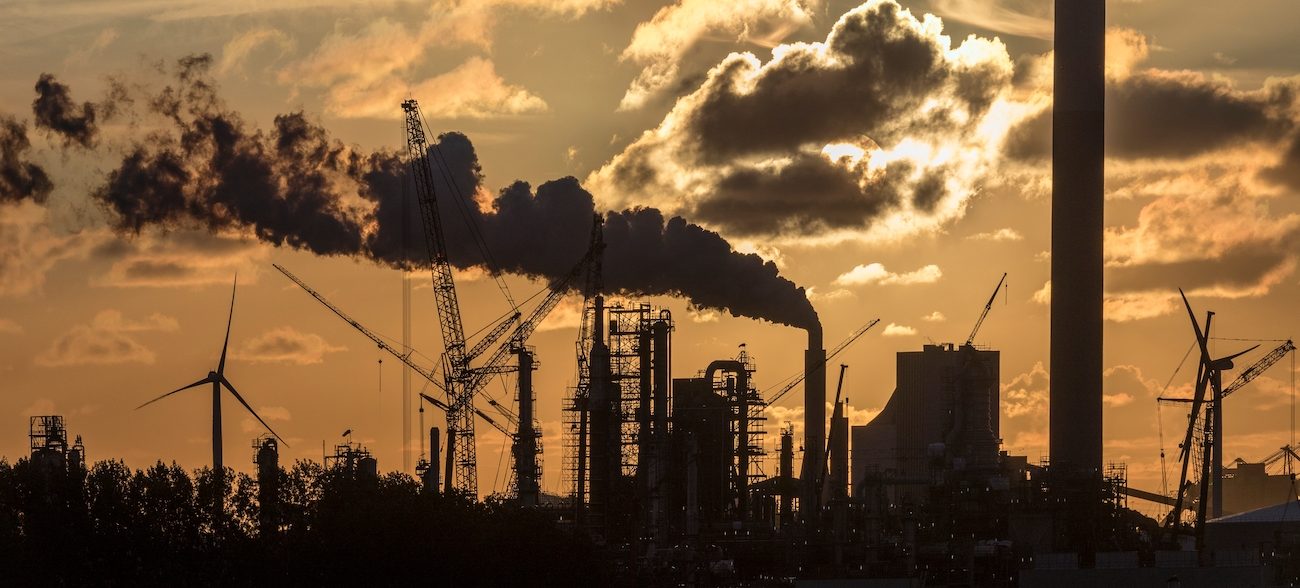After the announcement of a finance-focused European Industrial Green Deal (EIGD) and Net-Zero Industry Act by Ursula von der Leyen earlier this week in Davos, finance is once again taking the stage in a new zenith of what the author of this article coins as the climatization of finance, namely the increasing framing of issues as being related to anthropogenic climate change and relevant to climate finance. While the EU Commission’s approach to the EIGD still treasures neoliberal solutions, including the current version of international trade law, this article tackles the climatization of finance to take stock of how climate change is impacting finance, requiring a trail-blazing and future-proof strategy for net-zero law and the possible ecologization of corporate governance in Europe and beyond.
A fast-emerging phenomenon is marking our time: the climatization of finance.
Stemming from the climatization of politics, the climatization of finance entails the increasing framing of issues as related to anthropogenic climate change and relevant to climate finance. Instead of emphasizing how finance is impacting the climate system, climatization alludes to how climate change is impacting finance.
Albeit starting in the early 2000s, the climatization of finance can be traced back to 2015, when the Paris Agreement became the first international treaty to require across-the-board efforts to address climate change within the financial sector. Importantly, the Paris Agreement’s overarching provision on finance features among the treaty’s objectives and entails the consistency of finance flows with decarbonization and resilience pathways (Article 2(1)(c) of the Paris Agreement (PA)). In the same year, the institutionalization of efforts toward climate risk assessment was epitomized by the Taskforce for Climate-Related Financial Disclosures (TCFD), a private-sector-led taskforce established by the Financial Stability Board, which currently offers the most influential high-level framework to integrate climate science and novel risk assessment methodologies starting from the boardrooms.
Though a megatrend, climate accounting is clearly insufficient to reach net-zero anthropogenic CO2 emissions and declining net non-CO2 radiative forcing by 2050, as consolidated by the IPCC special 1.5° report as well as carved into voluntary pledges and national targets. In the absence of a global benchmark with which to measure the adequacy and fairness of private and public climate action, the Paris Agreement relies on process, notably the global stocktake to assess the agreement’s implementation of its objectives and long-term goals (Article 14 of the PA), concluding at the end of 2023 with COP28. Meanwhile, over the last two years, finance’s hyped interest in biodiversity has achieved a momentum that the climatization of finance took over two decades to reach.
In our polycrisis era, year 2023 will be decisive for the finance-nature-climate nexus. With regulators and prominent climate scientists, including the most recent IPCC reports, urging bankers and other financial institutions to mobilize behind net zero pathways, the climatization of finance entails at least three key upshots for net-zero law. First, we need better capital risk regulation as market participants currently fail to adequately account for climate externalities into the pricing of assets under the mistaken transparency assumption by which markets rationally respond to information and incrementally shift from brown to green assets. But existing financial information is hardly predictive for such tail risks as climate change and markets often fail to respond rationally due to their short-sightedness, which the financialization of the economy has ended up multiplying. To reduce macroeconomic and financial instability, regulation should thus expand the horizons of financial entities and the businesses they support, for instance by imposing systemic macroprudential frameworks at scale to manage climate risk and decarbonize portfolios, beyond the use that banks can make of the EU Taxonomy as a sustainable finance tool.
Second, tackling climate change is more than understanding its risk-transition channels and managing risks. Beyond the red lights of climate risk regulation, the net-zero transition should be coupled with green lights, namely incentives toward more sustainable investments, especially toward financing the energy transition and emboldening what we should envision as the finance-nature-climate-energy nexus. Although global capital is more than enough, it is currently misallocated into assets that fail to foster resilience. Green lights in the form of institutions (e.g., green banks) or finance vehicles (e.g., from loans to grants and equity) would help overcome the shortage in early-stage finance for less mature low-carbon technologies to produce renewable energy, matching the dynamics of demand with existing funds, which amount to two to six times the required capital for transition scenarios compatible with climate neutrality. Furthermore, investing in a net-zero world should go mainstream and be targeted towards increasing energy security.
Third, net-zero law should be coupled with just transition policies across the board. Notably, supply-side climate policies should externally enforce the self-restriction of financial institutions’ current logics toward an ecologization, rather than the mere climatization, of corporate governance, for instance through the requirement of climate transition plans in financial institutions. Such plans would need to internalize justice, including gender-just solutions and access to finance for community energy mainstreaming, and confront inflation, which erodes climate action and tops short-term Global Risks such as the cost-of-living crisis. Geopolitics has so far been a policy driver. But adding to ongoing wars and geopolitical confrontations, the uptick of inflation is also due to fossil fuel dependency (fossilflation) and physical climate impacts (climateflation), which are globalizing soaring costs and widening inequalities.
The climatization of finance is no panacea. Rather, it is a symptom of the wider ecological crisis, which we cannot rely on global markets to resolve. Global markets need guidance and net-zero law can offer the public and private (finance) toolkits to overcome the timidity trap and lead toward a regenerative economy.
Picture credits: CC from World Econocmic Forum on Flickr






